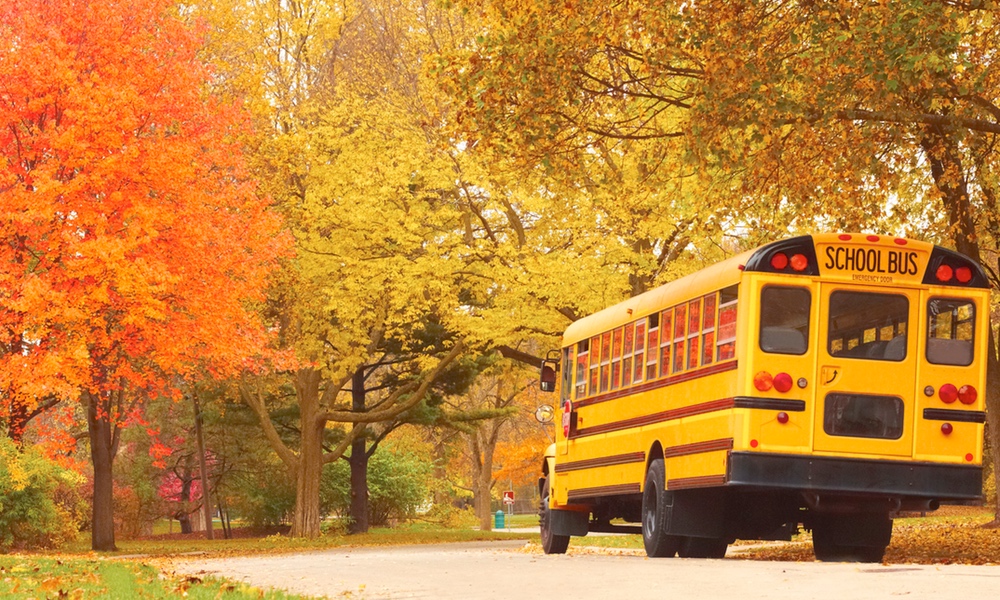The COVID-19 pandemic has caused unprecedented disruptions in U.S. elementary school and high school education. Parents and school officials agree on the benefits of in-person education, but the safe reopening of schools has sparked heated debate, particularly in light of sometimes contradictory information.
To begin to determine how schools can reopen safely, researchers from the University of Maryland, Harvard University and Stanford University developed a model simulation to measure the risk of transmission of SARS-CoV-2, the virus that causes COVID-19, in schools.
The model is based on average class sizes in U.S. elementary and high schools and incorporates interactions between students and staff within schools, as well as among members of individual households and interactions between households outside of school.While the degree to which vaccinations can help schools reduce the need for mitigation efforts is not yet clear, it is likely to have a big impact.
- Isolating infected individuals and their contacts;
- Requiring masks;
- Reducing class sizes;
- Vaccinating staff;
- Implementing hybrid or alternating schedules;
- Screening students and staff every week.
Transmission among students, staff and families after a single infection were projected over an eight-week period based on the local infection rate. Although student age and local incidence affected transmission of the virus, these mitigation strategies significantly reduced viral transmission in schools.
The results show that, “Schools can be very safe environments when the local transmission rate is low and schools implement a combination of mitigation practices,” researcher Meagan Fitzpatrick told TheDoctor.
“I think a lot of people are really hoping for five-day-per-week, full-time instruction for kids this fall,” Fitzpatrick, an assistant professor at the University of Maryland School of Medicine, added. But this fall, if local infection rates start to rise, mitigation strategies, which have been so successful in reducing transmission in many schools, will still be necessary.
It may seem early to be planning for next fall, but it’s actually the right time to do it. School administrators, teachers and parents need to start thinking about what surveillance testing might look like if case rates do rise when schools reopen. “If you can make those contingency plans now,” said Fitzpatrick, “and get a plan in place for testing, your outcomes will be as good as if you had moved to hybrid scheduling.”
The study and a related editorial are published in Annals of Internal Medicine.





